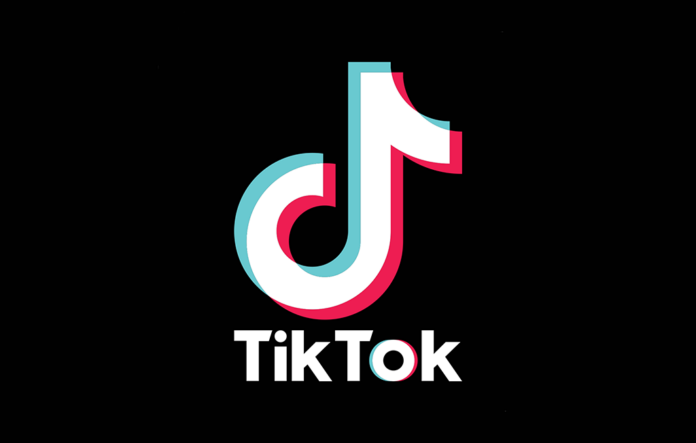With Meta launching its Twitter rival, Threads, niftily leveraging Instagram to give it all the appearances of a fast start, another U.S.-beleaguered but more multi-faceted social media platform, Chinese ByteDance-owned TikTok is preparing to invest billions of dollars in expanding in Southeast Asia.
With roughly half the region’s 630 million population under 30, Southeast Asians have a robust appetite for social media on mobile devices. They particularly look to it for entertainment, in which TikTok excels as a short-form video platform.
Even more promisingly for TikTok, Southeast Asian businesses use social media far more intensively than their Western counterparts. The region’s e-commerce market is vibrant, and the social commerce segment (s-commerce) is ripe for growth.
TikTok sees Southeast Asia as key to its ambitious target of quadrupling its global e-commerce sales this year to USD20 billion in merchandise transactions. It can leverage its parent’s expertise in China in integrating video, live streaming, influencer marketing, search and payments to develop a seamless mobile shopping experience.
However, it will face stiff competition from:
• Sea’s Shopee, the Singapore-based company that is the region’s e-commerce leader;
• Chinese giant Alibaba’s Lazada; and
• Tokopedia, the e-commerce arm of Indonesia’s GoTo group.
As well as being Southeast Asia’s most populous nation and largest economy, Indonesia (population 283 million for those who watched Succession and also could not recall the number when Logan Roy asked) accounted for one-half of the region’s roughly USD100 billion in e-commerce transactions last year.
TikTok already has a beachhead and has earmarked up to USD10bn to prioritize its investment there over the next five years.

Regional Concerns
Despite pressure from the United States, there appears to be little political will to ban TikTok and other Chinese social media apps in Southeast Asia. Nonetheless, no social media platform can escape the region’s tightening restrictions on digital discourse.
The crackdown on digital dissidents is a significant issue, particularly in authoritarian countries like Vietnam. Hanoi is investigating TikTok and will likely pressure the company to police and censor its content, as it has successfully done with Facebook.
The rapid proliferation of fake news and disinformation also worries regional governments. The Covid-19 pandemic and major elections, such as the 2022 presidential election in the Philippines, hindered official attempts to fight the virus and raised levels of political corruption in elections.
Cyber scams and “cyber slavery” is a growing law enforcement issue. Indonesia has expressed concerns about begging and financial fraud schemes deployed via TikTok.
More broadly, Southeast Asian governments are fighting the use of social media by Chinese criminal gangs to lure young professionals to camps where they are imprisoned and forced to run internet scams. The Humanity Research Consultancy estimates that at least 25,000 Southeast Asians have been forced to work in these camps.
Ethnic Dynamics
Despite increasing anti-Chinese rhetoric in the United States, particularly in Congress, U.S. policymakers maintain that their concerns over TikTok and other Chinese tech companies are strictly a matter of national security.
However, there is a groundswell of comment in Southeast Asian media that US policy also exhibits a racist assumption that all ethnic Chinese, whatever their nationality, will be inherently loyal to China.
The particularly hostile reception given by Congress to TikTok chief executive Shou Zi Chew, a Singapore national, reinforced this view. Still, the concern has deep roots in the region, harking back to the Cold War of the 1950s and 1960s.
U.S. Pressures
Southeast Asian countries will come under increasing pressure from the United States and other Western states to ban TikTok and other Chinese apps on their government devices. The argument will be that government-to-government cooperation—particularly intelligence-sharing—will be endangered by the possible transmission of data to Beijing through the apps.
In the near term, Southeast Asian governments are unlikely to seek to categorically prohibit the use of the apps, either for officials or general populations. They will only consider imposing controls over specific content such as pornography, blasphemy and sensitive political issues.
Religious Dimensions
As in the West, most influencer marketing campaigns in Southeast Asia have focused on beauty and fashion brands. Some have already fallen foul of religious sensibilities in Indonesia. There, seemingly innocuous influencer fashion campaigns are often seen as veiled critiques of conservative Muslim values.
TikTok’s regional expansion could be tested if influencer campaigns hosted on its platforms run afoul of local religious sensitivities on a larger scale. This is also a potential issue in Malaysia, the region’s second-largest middle-class consumer market, particularly since the Islamist opposition Pan-Malaysian Islamic Party is attracting increasing public support.
Near term, even rapid expansion in Southeast Asia will not cover TikTok’s anticipated losses in the West, particularly in the United States, where the company gets nearly half its global ad revenue.


